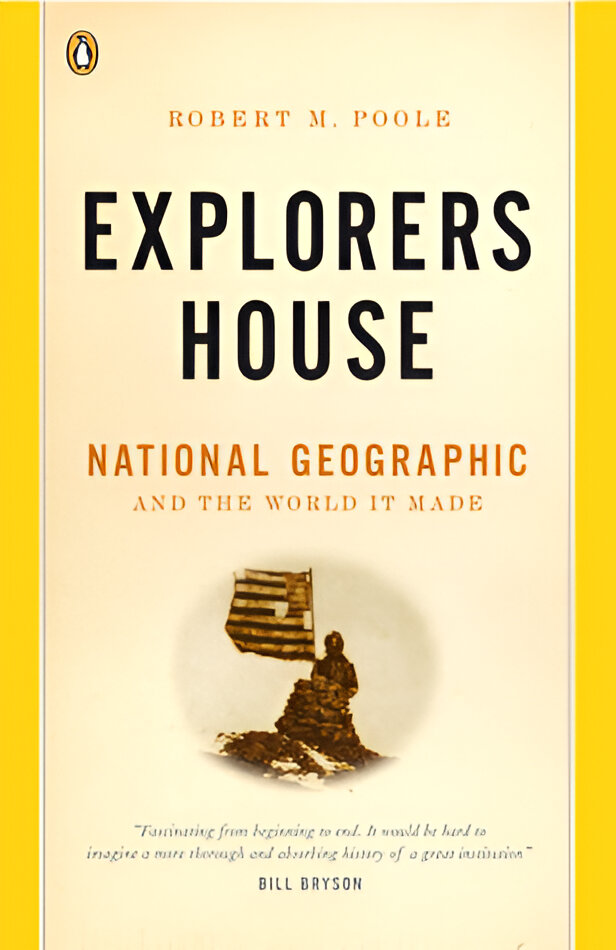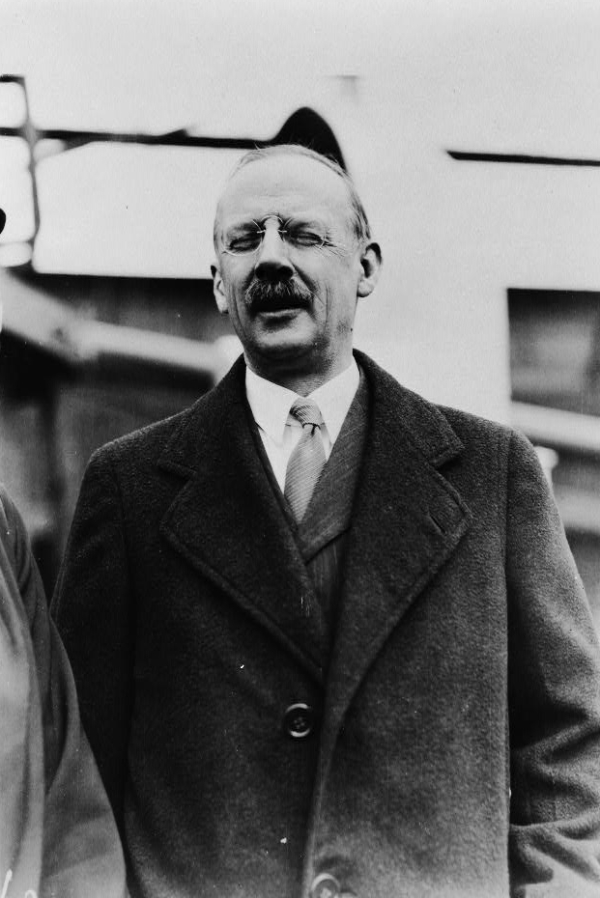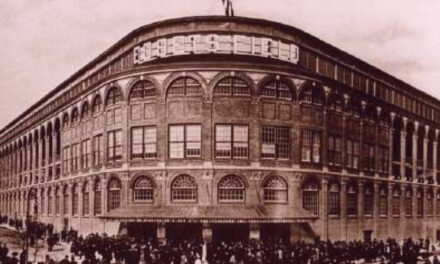
Sharing the World: ‘Explorers House’ Book Review
Robert M. Poole, Explorers House: National Geographic and the World It Made. First published by The Penguin Press, 2004.
Explorers House by Robert M. Poole charts the history of the National Geographic Society and its famous magazine, National Geographic, from the Society’s founding in 1888 through the early years of the 21st century (the book was published in 2004). The author, a former executive editor of the magazine, has written a very thorough and intimate portrait not only of the Society and the magazine but also of the five generations of the Hubbard-Bell-Grosvenor family that dominated the Society for most of its history.
The National Geographic Society was founded in Washington, D.C., by a small group of learned men who were interested in science and exploration. The Society’s mission was to be “the increase and diffusion of geographic knowledge.” Geography was defined to encompass “the world and all that is in it.”

Buy ‘Explorers House’ on Amazon
As an Amazon Associate, I earn a commission from qualifying purchases
One of the Society’s founders, and its first president, was Gardiner Green Hubbard, a prominent lawyer and businessman and the father-in-law of Alexander Graham Bell. When Hubbard died in 1898, Bell succeeded him as president.
A year later, Bell hired Gilbert H. Grosvenor as the first full-time editor of the Society’s magazine. Shortly thereafter, Gilbert, known as “Bert,” married Bell’s daughter Elsie. Bert led the Society as both president and editor for over five decades. His son Melville Bell Grosvenor and then his grandson Gilbert “Gil” M. Grosvenor continued the family’s leadership role in the Society into the first decade of the 21st century.
Thanks to the leadership of these men and others who worked with them, the National Geographic Society became a widely admired and very successful organization. Much of the original growth can be attributed to Bert’s promotional strategy, by which magazine subscriptions were marketed in the guise of memberships in what was characterized as an exclusive organization.
Reading about Grosvenor’s strategy reminded me of a scene in the movie It’s a Wonderful Life. It’s 1919, and the 12-year-old George Bailey is working at the soda fountain in Mr. Gower’s drugstore. When Mary Hatch tells him she doesn’t like coconuts on her ice cream, George sees an opportunity to show off his knowledge of where coconuts come from. For proof, he pulls out a copy of National Geographic magazine (an early instance of product placement?) and brags, “I’ve been nominated for membership in the National Geographic Society.”
National Geographic’s membership model, unfortunately, allowed for—fostered, really—racial discrimination. Most Black Americans were excluded from membership into the 1940s. On the other hand, Al Capone was a member of the society. He was stripped of his membership when he went to federal prison in 1932, but even then, he was allowed to keep his subscription to the magazine.
Although each of the Grosvenors put his distinctive stamp on the National Geographic Society and the magazine, most changes over the decades were incremental. The Society sponsored an expanding range of research and exploration. The magazine incorporated better photography and some more hard-hitting articles (as opposed to the invariably upbeat voice of earlier years).

Gilbert Hovey Grosvenor, head of National Geographic Society for five decades. (By Bain News Service, New York, 1927. Retrieved from the Library of Congress)
In the 1990s, the National Geographic Society changed as an institution in some fundamental ways:
“‘That was the end of the Old Geographic and the beginning of the New,’ said an editor who lived through the changes …, which transformed an organization known for its paternalism, insularity, and endearing idiosyncrasies into something new—leaner, colder, more market oriented, more, in short, like any other business and less like the quirky place it had always been, part newsroom, part faculty club, part benevolent patriarchy ….”
The National Geographic Society was indeed a unique institution in many ways for much of its history, and this book provides a detailed look inside it. I was a member/subscriber for quite a few years. I always enjoyed the magazine, especially the wonderful maps that were often included, and I currently subscribe to the digital edition. So I enjoyed learning about this organization that has been a part of my life, as well as the lives of many others both in the United States and around the world. (I also happen to live in a house that was built on land that had been part of Wild Acres, the Grosvenor family’s Maryland estate, so that heightened my interest.)
Copyright © Brian Lokker 2021, 2023.







